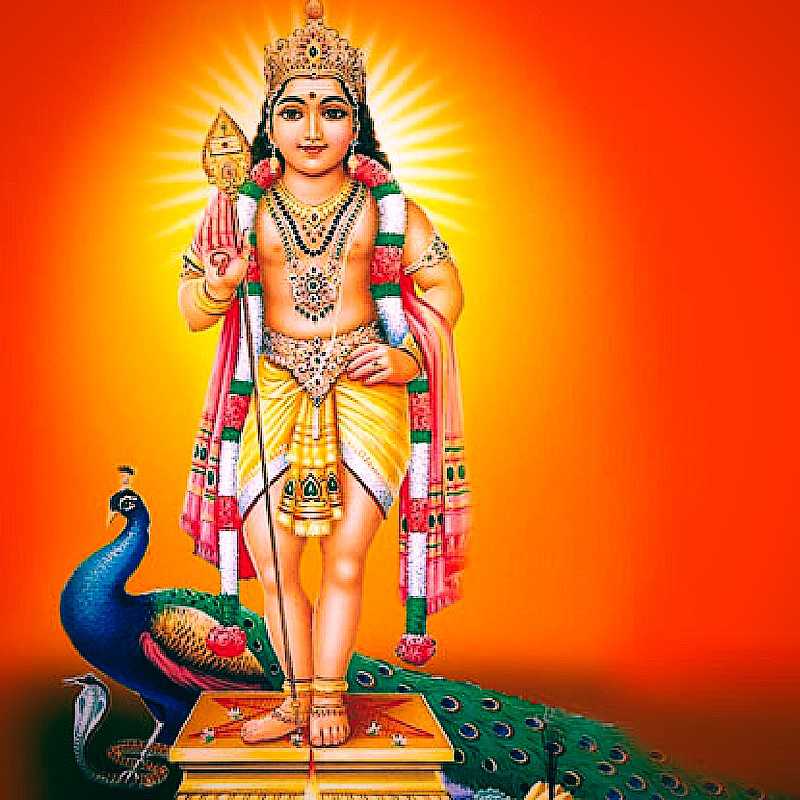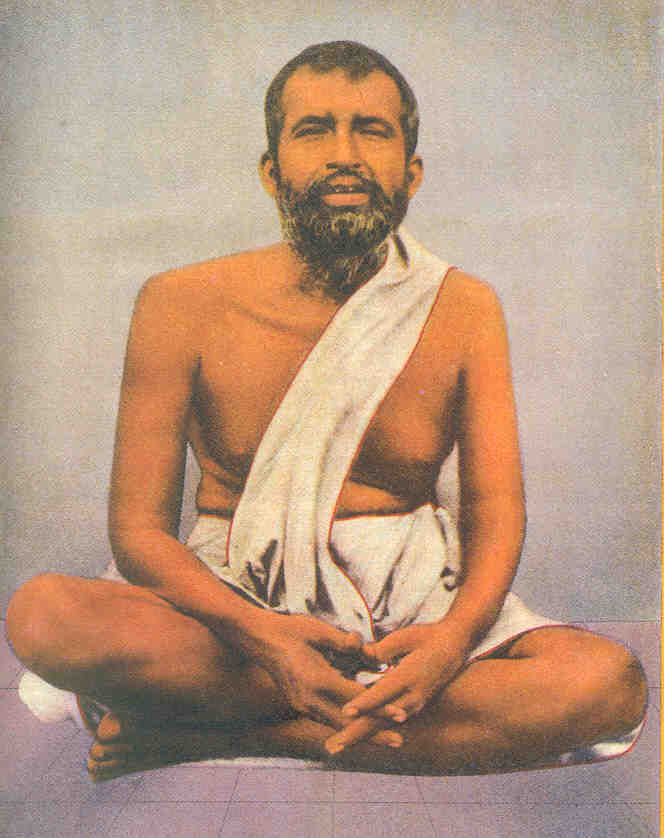All About Bharatiya Sanatana Dharmam otherwise known as Hinduism : Ch.7 : 6 : 6 &7. - Swami Sivananda
Sunday, July 19, 2020.9:03.AM.
CHAPTER-7. HINDU WORSHIP-6.
6.The Philosophy And Significance Of Idol-Worship-6 &7.
6. When Idols Became Alive & 7. Vedanta And Idol-Worship
------------------------------------------------------------------------------------------------------
For a Bhakta or a sage, there is no such thing as Jada or insentient matter. Everything is Vasudeva or Chaitanya—Vasudevah Sarvam Iti. The devotee beholds actually the Lord in the idol. Narsi Mehta was put to the test by a king. The king said: “O Narsi, if you are a sincere devotee of Lord Krishna, if as you say the idol is Lord Krishna Himself, let this idol move.” According to the prayer of Narsi Mehta, the idol moved. The sacred bull Nandi before Siva’s idol took the food offered by Tulsidas. The Murti played with Mira Bai. It was full of life and Chaitanya for her.
When Appayya Dikshitar went to the Tirupati temple in South India, the Vaishnavas refused him admission. The next morning they found the Vishnu Murti in the temple changed into Siva Murti. The Mahant was much astonished and startled, asked pardon and prayed to Appayya Dikshitar to change the Murti again into Vishnu Murti.
Kanaka Dasa was a great devotee of Lord Krishna in Udipi, in the district of South Kanara, in South India. He was not allowed to enter the temple on account of his low birth. Kanaka Dasa went round the temple and saw a small window at the back of the temple. He seated himself in front of the window. He was soon lost in singing songs in praise of Lord Krishna. Many people gathered round him. They were very much attracted by the sweet melody of his music and the depth of his devotion. Lord Krishna turned round to enable Kanaka Dasa to get His Darsana. The priests were struck with wonder. Even today, pilgrims are shown the window and the place where Kanaka Dasa sat and sang.
The Murti is the same as the Lord, for it is the vehicle of the expression of the Mantra-Chaitanya which is the Devata. The same attitude should the devotee have in regard to the Murti in the temple, which he would evince if the Lord would appear before him in person and speak to him in articulate sound.
7. Vedanta And Idol-Worship :
A pseudo-Vedantin feels himself ashamed to bow or prostrate himself before an idol in the temple. He feels that his Advaita will evaporate if he prostrates himself. Study the lives of the reputed Tamil saints, Appar, Sundarar, Sambandhar, etc. They had the highest Advaitic realisation. They saw Lord Siva everywhere and yet they visited all temples of Siva, prostrated before the idol and sang hymns which are on record now. The sixty-three Nayanar saints practised Charya and Kriya only and attained God-realisation thereby. They swept the floor of the temple, collected flowers, made garlands for the Lord and put on lights in the temple. They were illiterate, but attained the highest realisation. They were practical Yogis and their hearts were saturated with pure devotion. They were embodiments of Karma Yoga. All practised the Yoga of Synthesis. The idol in the temple was all Chaitanya or Consciousness for them. It was not a mere block of stone.
7. Vedanta And Idol-Worship : to be continued ...







.jpg)

Comments
Post a Comment